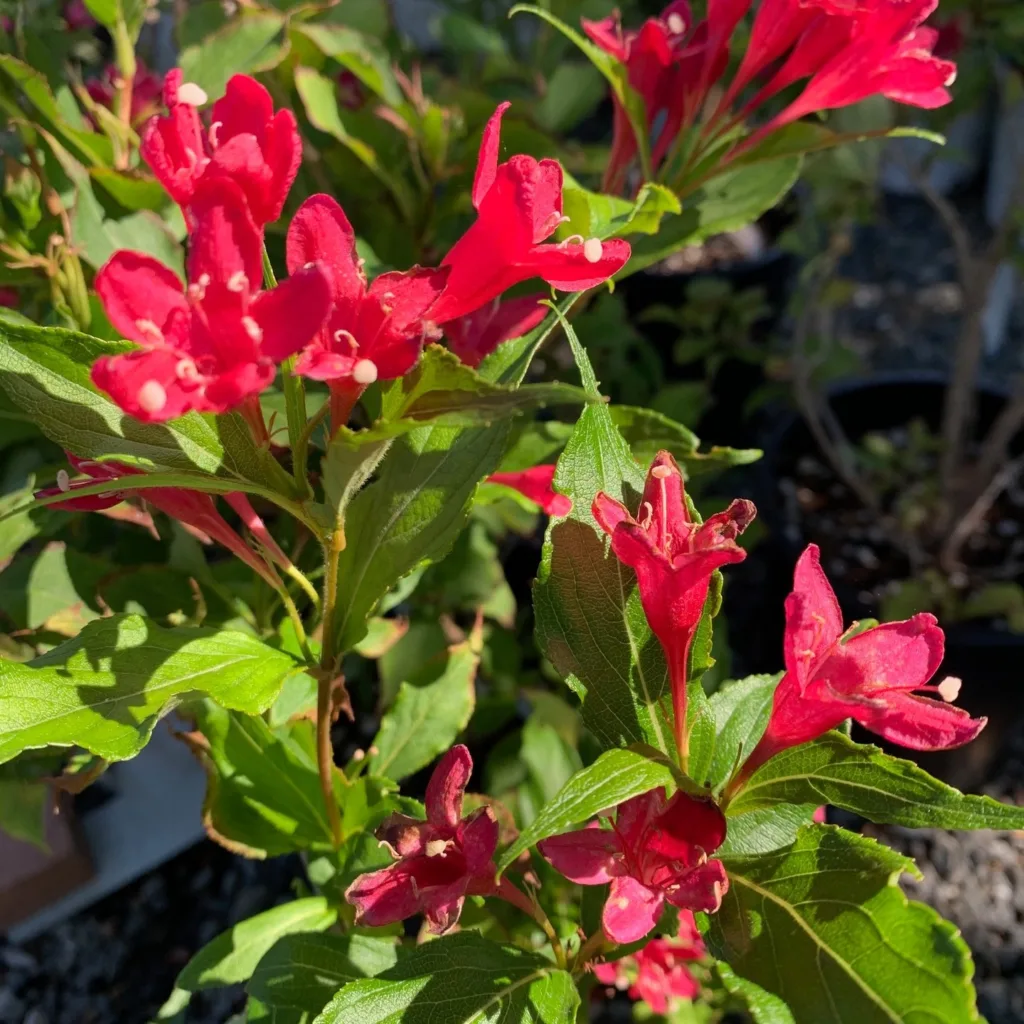
FAQs About Texas Sage: Everything You Need to Know
As a plant enthusiast, I’ve found that Texas Sage, also known as Leucophyllum Frutescens, is a popular choice for many gardeners in hot and dry climates. This resilient shrub, native to the southwestern United States and northern Mexico, boasts striking silvery foliage and beautiful purple blooms. Here, I’ll address some of the most common questions about Texas Sage, covering its care, propagation, and even how it stacks up against similar plants.
17 Species in Genus Leucophyllum
Is Texas Sage Poisonous to Humans?
Texas Sage is generally considered non-toxic to humans. It doesn’t contain harmful compounds that would pose a risk if ingested. However, it’s always a good idea to avoid eating non-edible plants. While Texas Sage isn’t known for toxicity, it’s wise to keep an eye on children and pets to prevent any accidental ingestion.
How to Propagate Texas Sage
Propagating Texas Sage is relatively straightforward. I’ve successfully propagated it using both seeds and cuttings. For seeds, sow them in a well-draining potting mix and keep them warm and moist until germination. For cuttings, take a 4- to 6-inch cutting from a healthy plant, remove the lower leaves, and dip the end in rooting hormone. Plant the cutting in a pot with well-draining soil, water it lightly, and keep it in a warm, bright spot until roots develop.
How to Prune Texas Sage
Pruning Texas Sage helps maintain its shape and encourages new growth. I usually prune it after its blooming season, which is typically late summer. Trim back any dead or overgrown branches to keep the plant tidy and promote a fuller shape. Avoid heavy pruning, as it can affect the plant’s flowering.
When to Plant Texas Sage
The best time to plant Texas Sage is during the spring or early summer. This allows the plant to establish its roots before the heat of summer sets in. Choose a location with full sun and well-draining soil. I’ve found that planting it early in the growing season gives it a head start and ensures it thrives in the hotter months.
Are Texas Sage Roots Invasive?
Texas Sage’s roots are not typically invasive. They tend to stay relatively contained compared to some other plants. However, like any plant, they can spread out over time, so it’s a good idea to monitor them, especially if you’re planting it close to other plants or structures.
How Big Does Texas Sage Get?
Texas Sage can grow to a height of 4 to 6 feet and spread 3 to 5 feet wide. Its size makes it a great choice for hedges or standalone shrubs in a garden. I’ve found it works well as a backdrop in landscaping or as a decorative feature in a garden bed.
How Fast Does Texas Sage Grow?
Texas Sage has a moderate growth rate. In ideal conditions—full sun and well-drained soil—it can grow around 12 to 24 inches per year. This growth rate means it can quickly establish itself in your garden, but it’s not a fast-spreading plant.
Is Texas Sage Edible?
Texas Sage is not considered edible. While it’s not toxic, its primary use is ornamental rather than culinary. The plant’s beauty and resilience are its main attractions.
Is Texas Sage Poisonous to Dogs?
Texas Sage is generally not considered poisonous to dogs. However, like with any plant, it’s best to discourage pets from chewing on it. If a pet ingests a large amount, it’s always wise to consult with a veterinarian.
When Does Texas Sage Bloom?
Texas Sage blooms in late summer to early fall. The blooms are typically purple, though some varieties may have pink or white flowers. The plant’s flowering is often triggered by rain or humidity, making it a vibrant addition to your garden after a summer storm.
How to Plant Texas Sage
When planting Texas Sage, start by choosing a location with full sun and well-draining soil. Dig a hole that is twice the width of the root ball but only as deep as the root ball itself. Place the plant in the hole, fill in with soil, and water thoroughly. Mulching around the base can help retain moisture and keep weeds at bay.
Does Texas Sage Repel Mosquitoes?
There’s no strong evidence to suggest that Texas Sage repels mosquitoes. While some plants are known for their insect-repelling properties, Texas Sage is more valued for its ornamental qualities and drought resistance.
Texas Sage vs Mexican Sage
Texas Sage (Leucophyllum frutescens) and Mexican Sage (Salvia leucantha) are often confused, but they’re distinct plants. Texas Sage is known for its silvery leaves and purple blooms, while Mexican Sage has velvety leaves and spikes of purple flowers. Mexican Sage also tends to be more of a perennial, whereas Texas Sage is a shrub.
Texas Sage vs Russian Sage
Russian Sage (Perovskia atriplicifolia) and Texas Sage are different in several ways. Russian Sage has gray-green foliage and tall spikes of small blue flowers, whereas Texas Sage has a more compact form with dense, silvery leaves and larger blooms. Russian Sage is more tolerant of cold, while Texas Sage is more suited to hot, dry climates.
Texas Sage vs Texas Ranger
Texas Ranger is another name for Texas Sage, but it can sometimes refer to the cultivar known as Leucophyllum frutescens ‘Green Cloud’. Both terms refer to the same plant species, but “Texas Ranger” may be used to describe a specific variety with slightly different characteristics, such as leaf color or growth habit.
By understanding these aspects of Texas Sage, you can better appreciate its role in your garden and how it compares to other similar plants. Whether you’re planning to add it to your landscape or simply curious about its characteristics, Texas Sage offers a lot of benefits and beauty.
If i die, water my plants!



